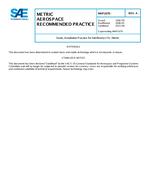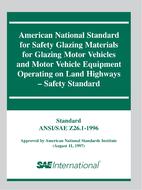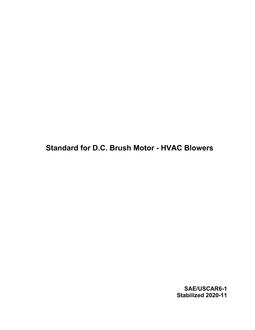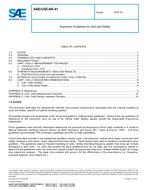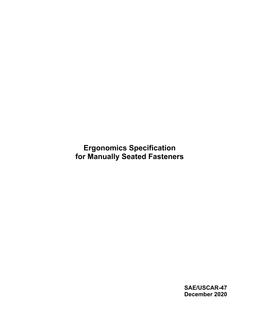Book Appointment Now
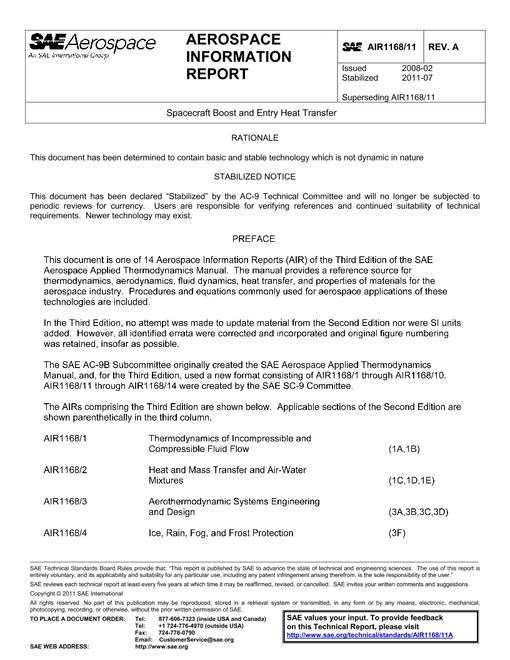
SAE AIR1168/11A
Original price was: $176.$106Current price is: $106.
Spacecraft Boost and Entry Heat Transfer (Stabilized: Jul 2011)
| Published by | Publication Date | Number of Pages |
| SAE | 2011 | – |
SAE AIR1168/11A – Spacecraft Boost and Entry Heat Transfer (Stabilized: Jul 2011)
The prediction of vehicle temperatures during ascent through the earth’s atmosphere requires an accurate knowledge of the aerodynamic heating rates occurring at the vehicle surface. Flight parameters required in heating calculations include the local airstream velocity pressure and temperature at the boundary layer edge for the vehicle location in question. In addition thermodynamic and transport air properties are required at these conditions.Both laminar and turbulent boundary layers occur during the boost trajectory. Experience has shown that laminar and turbulent heating are of equivalent importance. Laminar heating predominates in importance in the stagnation areas but the large afterbody surfaces are most strongly affected by turbulent heating. Once the local flow conditions and corresponding air properties have been obtained the convective heating rate may be calculated for a particular wall temperature. This assumes that the boundary layer flow regime (that is turbulent laminar or transitory) has also been established so that a heating theory corresponding to the particular flow conditions may be selected.This section presents theoretical methods for computing boost vehicle surface aerodynamic heating rates. First procedures are given for computing the local flow distributions around the vehicle. Second methods are given for computing the convective heating rates using the flow parameters found previously.
Product Details
- Published:
- 07/25/2011
- File Size:
- 1 file 46 MB
- Note:
- This product is unavailable in Ukraine Russia Belarus
